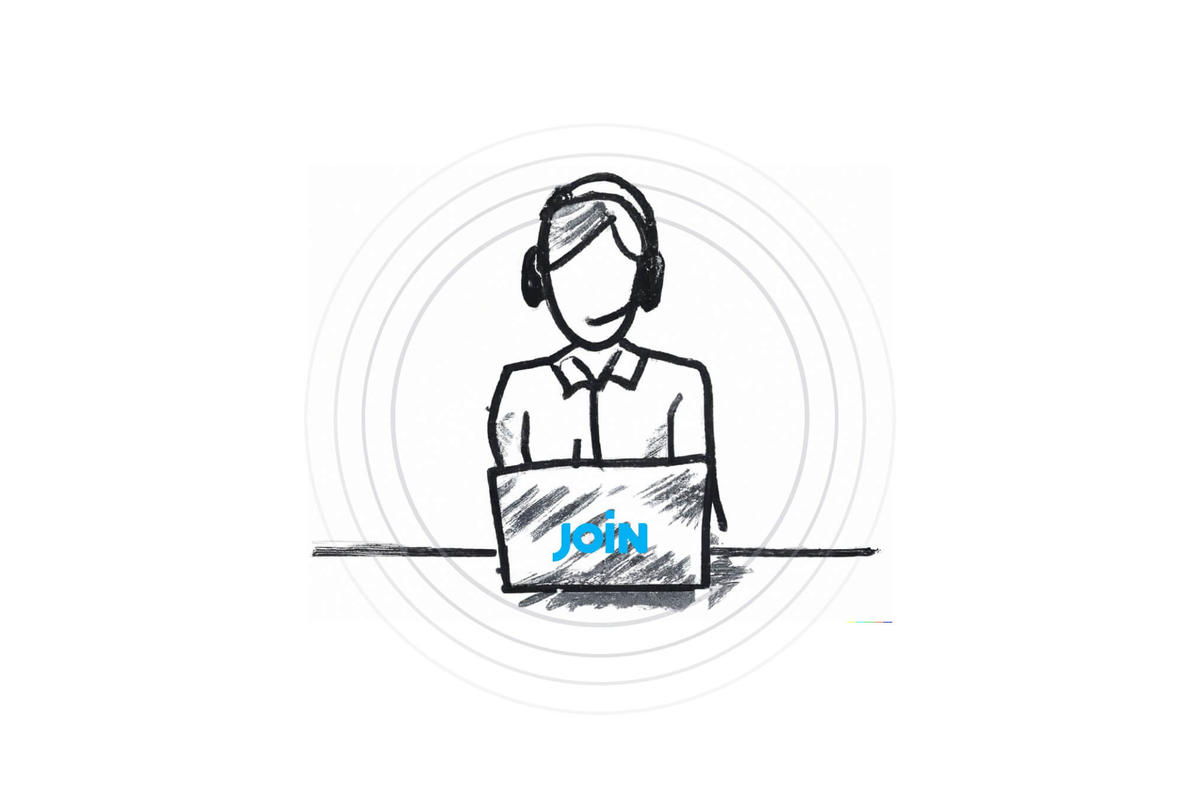What is the employee lifecycle?
DefinitionEmployee lifecycle is the term used to describe an employee’s journey during their time with a company. It covers everything from recruitment and onboarding to development, training, and eventual offboarding.
The employee lifecycle is essential for businesses to understand, as it can help them attract and retain the best talent, and ensure their employees are happy and productive. Companies can improve their bottom line and create a better working environment by managing the employee lifecycle effectively.
Several stages make up the employee lifecycle, which is outlined below.
Recruitment and employee onboarding
Recruitment is finding and hiring the best candidates for a company. It involves sourcing, screening, and interviewing candidates. Onboarding is orienting and acclimating new employees to their roles within a company. It helps them feel welcomed, supported, and prepared to succeed in their jobs.
Human resources departments play a vital role in both recruitment and onboarding. They are responsible for developing and implementing strategies that attract top talent and help new employees adjust to their positions within the company.
The most successful companies are those that invest in both recruitment and onboarding. By doing so, they can find and retain the best employees. Additionally, they create a positive work environment that helps all employees thrive.
If you are looking to improve your company’s recruitment and onboarding processes, there are a few things you can do:
- Take a close look at your current strategies. Are they effective? If not, make changes.
- Invest in training for your human resources team. They should know the latest trends and best practices in recruitment and onboarding.
- Create a budget for both recruitment and onboarding. The funding will ensure you have the necessary resources to attract and retain top talent.
Training and development
As your business grows, so does the need to train and develop your employees. Investing in employee training and development can help you attract and retain top talent, improve employee productivity, and boost your bottom line.
At its most basic, employee training and development is the process of enhancing the skills and knowledge of your workforce. This is possible through formal methods such as classroom-based training or on-the-job learning, or informal methods such as mentorship programs or shadowing opportunities.
No matter what approach you take, employee training and development should be an ongoing process that meets the ever-changing needs of your business. By continuously investing in your employees, you’ll create a strong workforce that is better equipped to help your business grow.
Employee retention
Employee retention is a process or set of strategies that help an organisation keep its employees. The concept encompasses everything from hiring the right people to creating a positive work environment and offering opportunities for career growth.
Many factors contribute to employee retention. Here we list a few of them:
Compensation and benefits
Employees need to feel like they are being compensated fairly for their work. This includes their salary, health insurance, paid time off, and other benefits.
Job satisfaction
Employees who are happy with their jobs are more likely to stay with a company. This means having a position that is challenging and interesting, as well as working with a good team.
Work-life balance
Employees must have a good balance between their work and personal lives to be satisfied. This includes flexible hours, telecommuting options, and other policies that help employees manage their time.
Company culture
Employees want to work for a company with a culture they can identify with. Company culture includes shared values, a positive work environment, and opportunities for career growth.
Employee separation and offboarding
The process of employee separation and offboarding can be a difficult time for both the employer and the employee. It is essential to have a plan in place to make sure the process goes as smoothly as possible.
Here are a few things to keep in mind when separating an employee:
Make sure you have all the necessary documentation in order. This includes the employee’s contract, performance reviews, and company policies.
Be clear about the reasons for the separation. It will help avoid any confusion or misunderstanding down the road.
Give the employee ample time to say goodbye to colleagues and tie up loose ends. This courtesy will be appreciated, especially if the separation is not amicable.
Have a plan for transitioning the employee’s work duties to someone else. Doing this will help avoid any disruptions in workflow.
Offer severance pay and benefits, if applicable. Benefits are often seen as a goodwill gesture and can help ease the transition for the employee.
The process of employee separation and offboarding doesn’t have to be complicated or stressful. By following these simple tips, you can ensure it goes as smoothly as possible.


